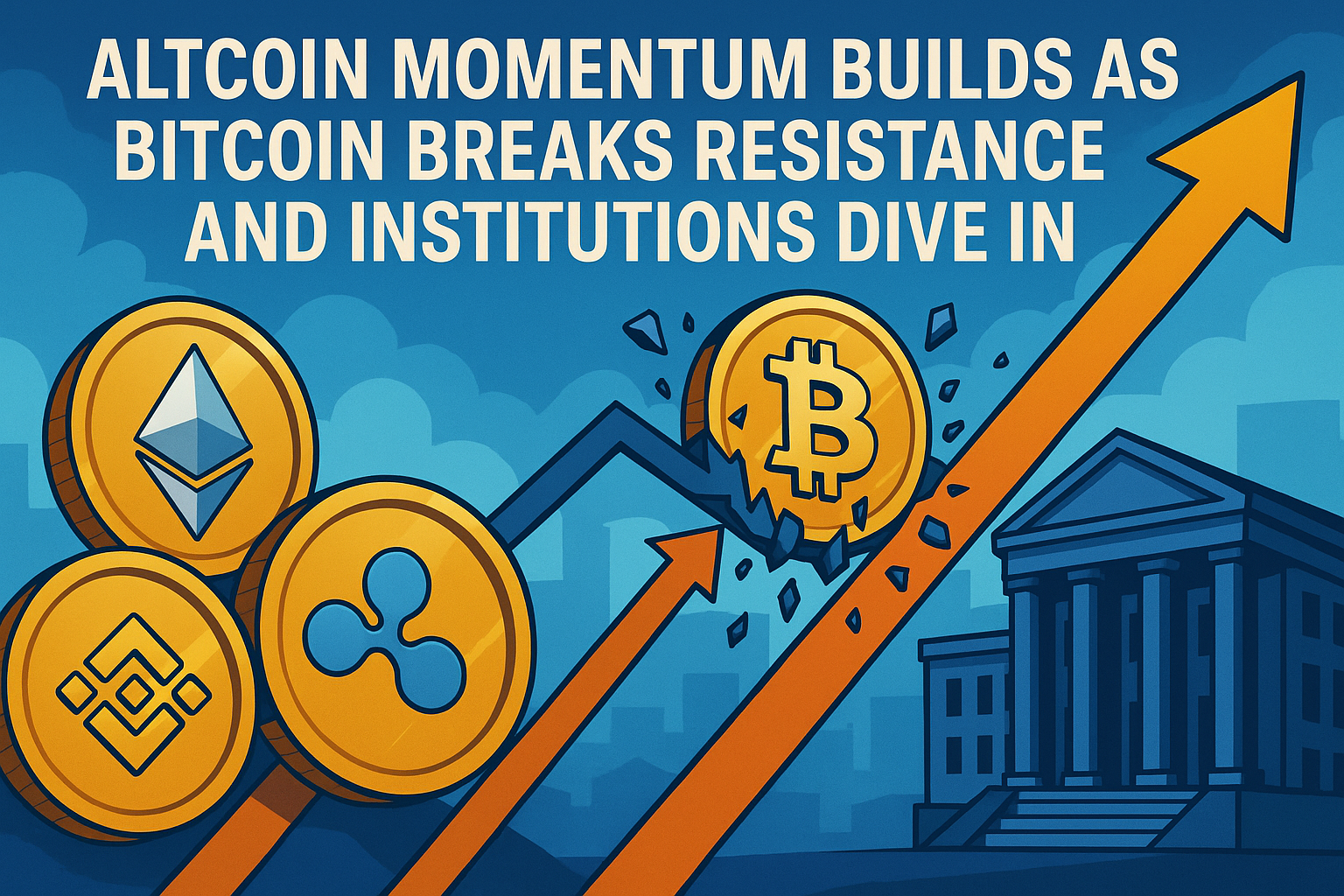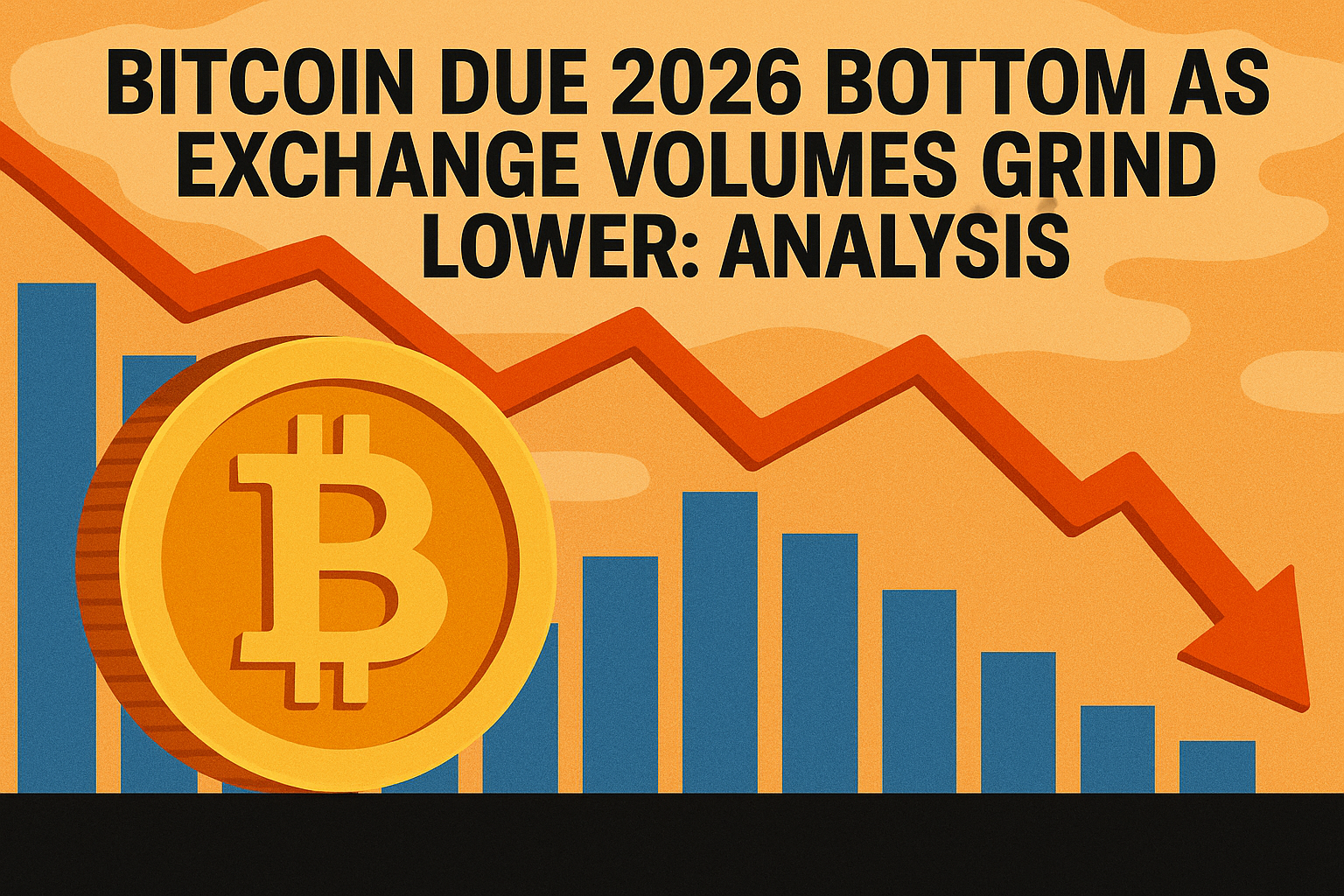Table of Contents
Summary
Are you curious about Kadena mining but unsure where to begin? Look no further! This blog presents a concise and user-friendly summary of the essential steps to get started with Kadena mining. From setting up a wallet to choosing the right mining pool, we cover it all. Discover the ins and outs of this innovative blockchain platform, and embark on your mining journey with confidence. Dive into the world of Kadena and start mining like a pro today!
Introduction
This blog presents a comprehensive Kadena Mining Guide, offering valuable insights into blockchain-based mining on the Kadena network. We hope to give a clear and intelligible summary of the mining process by explaining complicated ideas in straightforward terms.
This comprehensive guide will assist you in exploring the key tools and insights for optimizing your mining attempts, whether you are a beginner trying to enter the mining field or an experienced professional looking to further your mining knowledge. Join us on this exploration into the realm of Kadena mining, where innovation meets opportunity, and the future of blockchain technology unfolds before us. Let's dive straight into the fascinating world of Kadena mining.
What is Kadena?
Kadena is an enterprise-grade, Layer 1 Proof-of-Work (PoW) blockchain that prioritizes scalability and developer-friendly features. It aims to offer a secure and highly scalable hybrid blockchain comparable to Bitcoin's level of security. Kadena achieves this through its innovative consensus mechanism called Chainweb and the utilization of the Pact programming language.
Unlike other platforms that heavily rely on Layer 2 scalability solutions, Kadena focuses on perfecting its base layer to avoid the complexities associated with additional protocols. By providing a comprehensive toolkit on a single platform, Kadena aims to create a more developer-friendly environment.
The team claims that Kadena can handle an impressive number of transactions per second, initially reaching up to 480,000 across 20 chains and exceeding 1 million transactions per second as it upgrades to 50 parallel chains.
The native programming language of the Kadena network, Pact, addresses major shortcomings in Ethereum's Solidity, particularly vulnerabilities related to unrestrained loops and the lack of Formal Verification. Pact is designed to support Formal Verification, a method that ensures the proper functioning of algorithms within defined boundaries.
Additionally, developers can upgrade Pact smart contracts without requiring a hard fork, adding flexibility to the ecosystem. Kadena has developed a private blockchain named Kadena Kuro to cater to enterprise-grade applications. This private chain implements a Byzantine Fault Tolerant (BFT) consensus method, providing enhanced security and reliability.
Since 2018, a healthcare consortium has been utilizing Kadena Kuro to streamline the gathering and maintenance of insurance data. Kuro operates as a side-chain alongside Kadena's public blockchain, boosting transaction speeds and fostering the creation of new data markets.
How Does Kadena Work?
Kadena operates through a three-part architecture comprising Chainweb, Kuro, and Pact, each serving distinct functions:
1) Chainweb
Chainweb is Kadena's Layer 1 public blockchain, providing virtually limitless scalability within a Proof-of-Work (PoW) consensus environment. To overcome the scaling challenges inherent in PoW networks, Chainweb employs sharding and braiding techniques. Sharding involves splitting network data across parallel chains to distribute computation and storage, while braiding combines these peer chains to support transactions on the main chain.
2) Kuro
Kuro, formerly known as ScalableBFT, acts as Kadena's Layer 2 private blockchain, working seamlessly with Chainweb. Kuro utilizes a Byzantine Fault Tolerant mechanism designed for enterprise-grade applications and is developed using the Pact programming language. Noteworthy features of Kuro include automatic bug detection through Formal Verification, human-readable code accessible to developers and users, and the ability to adapt smart contract terms to accommodate dynamic business needs.
It also provides easy integration with traditional databases via a native API and offers enhanced security options like key rotation and pluggable encryption, catering to diverse user requirements.
3) Pact
Pact is Kadena's native smart contract language, characterized by an inbuilt bug-detecting feature. It is the first Turing-incomplete, human-readable programming language, enabling tech-savvy and non-tech-savvy users to build secure blockchain applications.
The choice to make Pact Turing-incomplete was intentionally addressing the issues faced by Ethereum's Solidity, which is Turing-complete and consequently vulnerable to various attack vectors, such as unbounded loops. With Pact contracts, users retain control over their transactions, even after upgrades.
All in all, Kadena's architecture, consisting of Chainweb, Kuro, and Pact, empowers the platform to achieve scalability, security, and user-friendly smart contract development, making it suitable for public and enterprise blockchain use cases.
What is Kadena Mining?
Kadena operates as a blockchain platform, employing a proof-of-work (PoW) consensus algorithm to authenticate transactions and incorporate fresh blocks into its blockchain. Consequently, Kadena's native digital currency, KDA, can be mined using dedicated ASICs (Application-Specific Integrated Circuits) hardware.
What are the Benefits of Mining Kadena?
Kadena has designed a highly efficient and secure Proof-of-Work (PoW) consensus algorithm along with the hashing algorithm Blake2s_256, setting it apart from traditional PoW-only systems. This innovation makes it a more environmentally friendly option for cryptocurrency mining.
The key to Kadena's energy efficiency lies in its unique multi-chain architecture. With 20 active chains, the current network capacity can handle 600 transactions per second (TPS), which is remarkably close to the energy efficiency of Visa, a major payment processor.
As the network experiences increased usage and requires higher transaction volumes, Kadena can easily address the demand by adding more chains. This flexibility enables Kadena to process more transactions per second than single-chain systems like Bitcoin.
A crucial advantage of Kadena's approach is that scaling doesn't necessitate more miners joining the network. Despite having 20 chains and processing 600 TPS, Kadena achieves a throughput of 100 times greater than Bitcoin without compromising security or decentralization. Additionally, as the network demand grows, Kadena's energy consumption remains stable.
The rapid creation of 20 blocks every ~30 seconds significantly reduces Kadena's energy cost per transaction, making it one of the most energy-efficient options in the industry. Kadena is committed to minimizing the carbon footprint of PoW mining for its miner community.
Lastly, Kadena Eco plans to announce its second cohort of grantees soon, with one of them expected to contribute to a greener future for PoW mining in Kadena. This will further enhance the platform's commitment to sustainability and environmental responsibility.
How to Mine Kadena?
Kadena (KDA) is a hybrid blockchain network and smart contract platform to bring public applications, private blockchains, and other interoperable chains onto a single platform. This integration aims to channel traffic towards the high-bandwidth computer at the core of the Kadena public chain. The mining algorithm employed by Kadena is Blake2S, which allows for ASIC mining support.
1) You Need Excellent Mining Hardware
To mine Kadena efficiently, it's crucial to have excellent mining hardware. Kadena specifically uses ASIC miners and does not support CPU or GPU mining. The ASIC mining process is designed to work with the Blake2S algorithm.
2) Make Sure You Have a Kadena Wallet Address
You will need a Kadena wallet address to receive and monitor your mining profits. F2pool distributes revenues daily, providing 2KDA to each user. The Kadena node wallet is an ideal option for receiving mined KDA. Simply install the wallet, click "receive," and generate a new wallet address. Configure your ASIC Miner to connect to a mining pool server to track and monitor your hash rate and earnings.
3) Start Mining
Your miner will be prepared to operate after you finish the entire configuration. Enter your wallet address and click the "go" button to initiate the process of generating revenue.
Factors that Affect Kadena Mining Profitability
Kadena mining profitability can be influenced by several factors, including network difficulty, KDA token price, electricity cost, and mining hardware efficiency.
1) Network Difficulty
Network difficulty refers to the level of computational effort required to mine KDA blocks. As the difficulty increases, mining new blocks becomes more challenging and time-consuming, impacting profitability. Historical trends show that network difficulty has fluctuated in the past, making it crucial to monitor its current state.

2) KDA Token Price
The price of KDA tokens in the market directly affects mining profitability. A higher KDA token price means mining rewards earned in KDA will be more valuable, while a lower price reduces profitability. Tracking the current market trends is essential due to the historical volatility of KDA token prices.
3) Electricity Cost
Electricity cost is a significant expense in Kadena mining, varying across regions. Considering this cost is vital when estimating mining profitability. Strategies to reduce electricity costs include selecting locations with cheaper rates, using efficient mining hardware, and optimising hardware settings.
4) Mining Hardware Efficiency
Mining hardware efficiency is crucial for profitability as more efficient hardware requires less energy to mine the same KDA rewards. Popular options for Kadena mining include Antminer KA3 and Golshell KD Box, and their efficiency can be compared to estimate profitability.
How to Calculate Kadena Mining Profitability?
Calculating mining profitability for Kadena involves several factors and can be complex. Here's a step-by-step explanation of the process:
1) Understand Kadena Mining Algorithm
Kadena uses the consensus mechanism of Chainweb Proof-of-Work (PoW) algorithm, which employs a multi-chain structure along with the hashing algorithm Blake2s_256.
2) Hardware Specifications
It is important to determine which mining hardware one opts for. This may include hash rate, power consumption along with the cost of the hardware.
3) Mining Difficulty
Check the current mining difficulty of the Kadena network. This value adjusts periodically based on the network's total hash rate. Higher difficulty means it is harder to mine Kadena, which affects your potential earnings.
4) Block Reward
Find out the current block reward for mining a Kadena block. This is the amount of KDA (Kadena's native token) miners receive as a reward for successfully mining a block. Ensure you are aware of any halving or reward changes that might affect future rewards.
5) Block Time
Determine the average time it takes to mine a Kadena block. This affects the number of blocks you can expect to mine in a given period.
6) Electricity Cost
Know your local electricity cost per kilowatt-hour (kWh) as mining consumes significant electricity. This cost will impact your profitability.
7) Pool Mining or Solo Mining
Decide whether you will mine alone or join a mining pool. In a mining pool, miners combine their resources and share rewards based on their contributions. Pool fees also need to be considered.
8) Calculations
Now, let's calculate the profitability:
- Hash Rate: One needs to calculate the hashrate based on the chosen mining hardware.
- Expected Blocks per Day: How many blocks can be mined per day depending on the network's current difficulty and hashrate?
- Daily Rewards: Multiply the expected blocks per day by the block reward for getting daily rewards in KDA.
- Daily Revenue: Calculating the overall revenue earned by mining KDA per day.
- Daily Electricity Cost: To come up with the cost for daily electricity depending on the power consumption, and also the local electricity rate.
- Daily Profit: Need to subtract the per day electricity cost from the daily revenue to get per day profit.
9) Considerations for long-term
Keep in mind that changes in network difficulty, KDA price fluctuations, hardware performance degradation, and electricity price fluctuations can alter mining profitability over time.
10) Risks and Rewards
Assess the risks involved, including the initial investment in hardware, potential hardware failures, and the possibility of KDA price drops affecting your profitability.
Frequently Asked Questions
What is the most powerful Kadena miner?
Bitmain Antminer KA3, having an impressive mining capacity of 166 Th/s and a power consumption of 3154 W, the Bitmain Antminer KA3 stands as the most powerful Kadena miner currently available
Is KDA mining profitable?
The profitability of KDA depends on a lot of factors such as network difficulty, hash rate, power consumption, KDA token price, and more. It is advisable to check these factors beforehand from authentic mining sources to determine whether KDA mining is profitable at that point in time.
What are the block rewards?
Block rewards are rearranged against a set timetable at regular intervals, with generally 50% of the excess minable coins issued as block rewards every 20 years.
Conclusion
In conclusion, we can say that this comprehensive Kadena mining guide has provided valuable insights into the intricacies of mining on the Kadena network. We explored the fundamental concepts, hardware requirements, mining pool options, mining algorithm and more ensuring readers to have a well-rounded understanding of the Kadena mining process.
It's essential to note the significance of maintaining up-to-date security practices and keeping track of network developments for optimal results. Kadena's innovative approach to blockchain scalability and smart contract execution makes it an enticing prospect for miners looking to capitalize on its potential. By following the steps outlined in this guide, miners can embark on their journey with confidence and efficiency. Happy mining!








